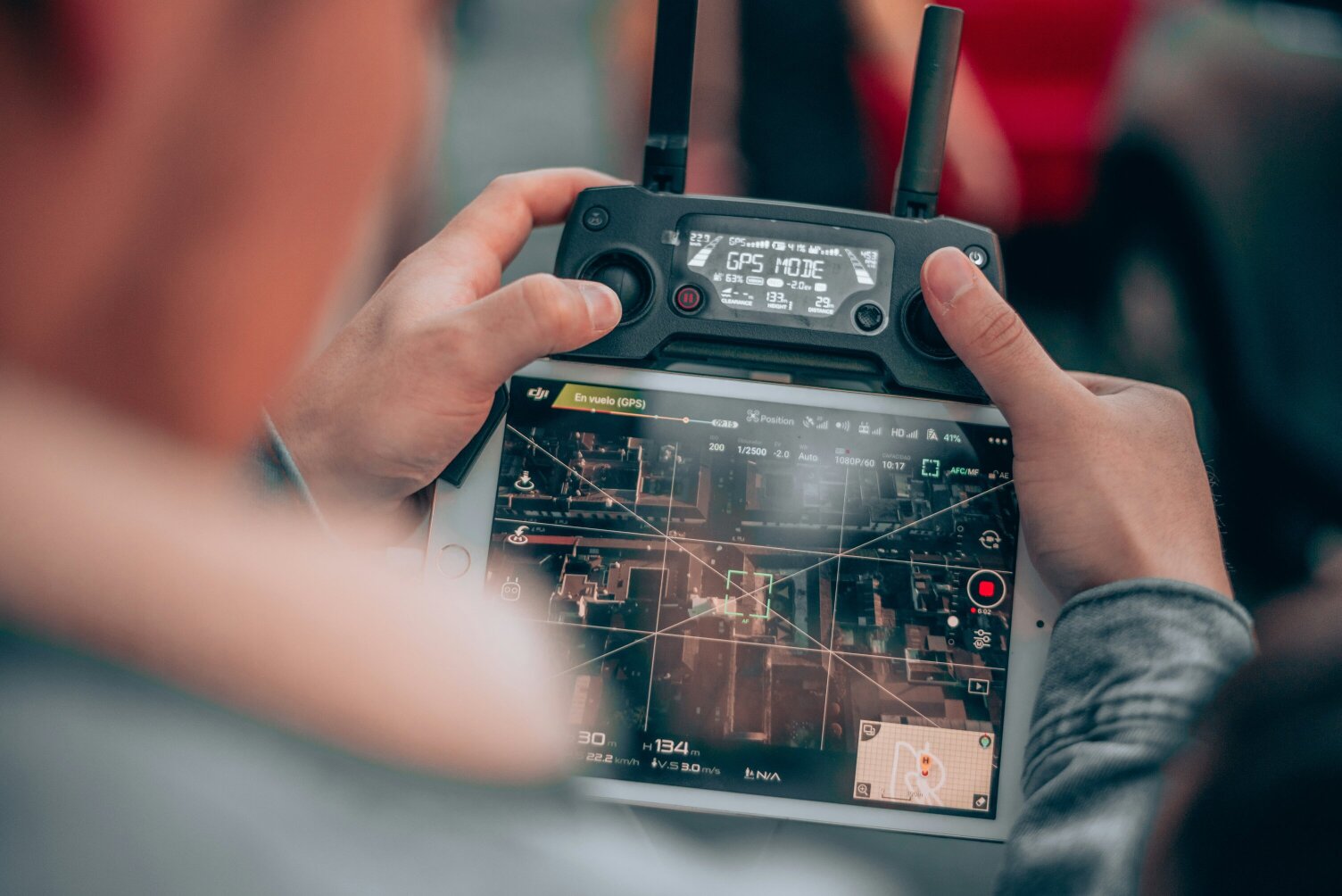The RED Way
At the core of everything we do is the drive to maximise mission impact for our end users.
We deliver scalable operational advantage through the application of high-grade engineering and deep scientific rigour. This is embodied by our RED methodology: everything we do should be Repeatable , Explainable , and Deployable .
Repeatable
Modern science suffers a crisis of repeatability. Academics and PhDs publish papers and models with little to no thought given to future replication of their work.
At every stage of bringing a solution into operational use, we believe that the decisions, data, and processing brought to bear should be deterministic and reproducible. Key design decisions, feature processing, and data engineering should all be part of a rigorously repeatable pipeline for rapid experimentation that produces trusted and replicable results every time.
We leverage world-class engineering to fool-proof the scientific development process, ensuring that every experiment can be independently replicated with minimum fuss and at maximum pace.
Explainable
AI models are trained as "black boxes", with no input from a designer as to how they should learn to make decisions; the measured objective is how well the model makes decisions on the given data. Many data scientists consider this "good enough"; they labour under the impression that understanding the decision-making processes of an AI model is out of reach or is at best left as an afterthought.
For any system to deliver reliable and actionable operational intelligence, users must have faith that the way a model makes its decisions reflects the realities of their operating environment.
This can only come from considering how to achieve real explainability during the development lifecycle, and ensuring that the insights being produced for real-world operators contain sufficient detail for them to understand each judgement, and the overall limits of the system's performance.
Deployable
Model deployment can cover a vast range of use cases and targets, from extreme low-power edge devices to massive-scale cloud environments. Low friction model deployments are critically dependent on making the right decisions throughout a development programme, with careful consideration of the target environment.
With expertise in everything from optimising CUDA access patterns in multi-node multi-core secure cloud environments, to building AXI UDMA streaming IP blocks for executing quantised AI models on FPGAs, our fundamental commitment to repeatability and explainability ensure that whatever the target runtime environment, we can reliably reproduce high accuracy, high throughput, highly efficient models coupled to detailed performance insights.




